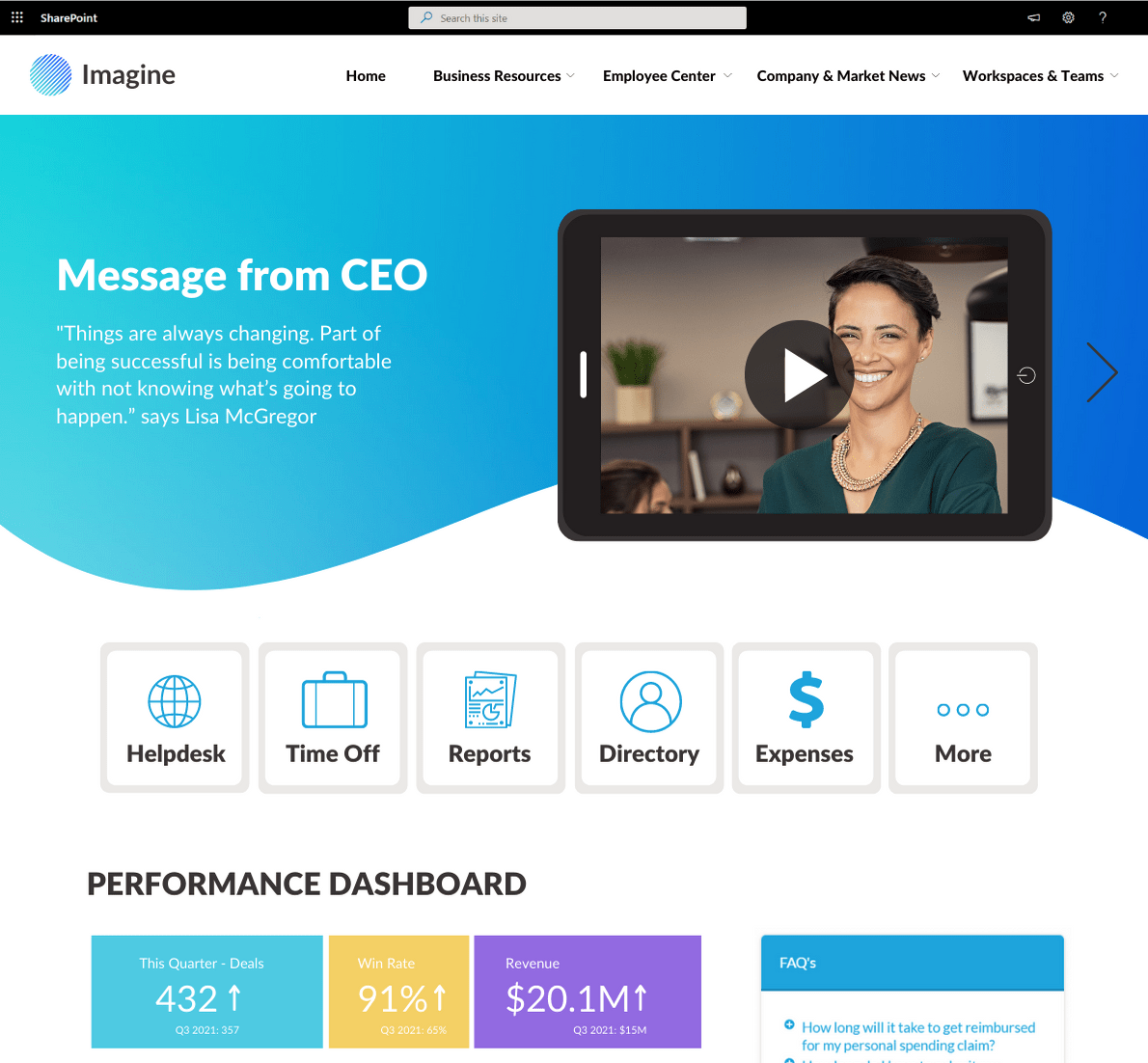Origami SharePoint Designs & Examples
Featured

7 Stunning SharePoint Design Ideas to Inspire You in 2024
A pre-built SharePoint Intranet that feels like it’s been made just for you.